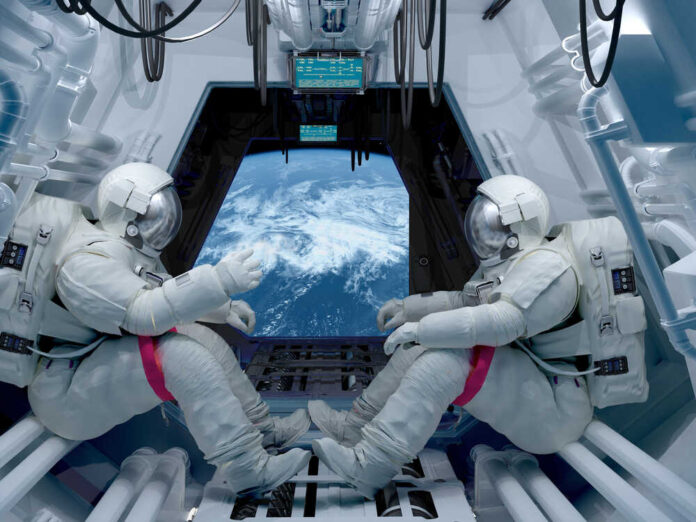
The Starliner spaceship, built by Boeing, was scheduled to celebrate this month by taking two NASA astronauts on a resupply mission to the ISS, demonstrating the capsule’s capability after a lengthy delay and an overrun in funding.
But now, the two seasoned astronauts in charge of this test voyage are in a difficult position. they’re extending their stay onboard the space station for the second time, while experts frantically try to figure out what went wrong.
on June 6, Suni Williams and Butch Wilmore, both veterans of space travel, docked at the ISS via Starliner. NASA anticipated that their stay would only be one week long, but the vehicle’s thrusters (and helium leaks) suddenly stopped operating on route.
Engineers scramble to obtain a better grasp of the spacecraft’s issues while it remains securely tethered to the space station. NASA stated on the 18th that the mission would be extended to at least 20 days, with no return scheduled before June 26.
According to Steve Stich, head of NASA’s Commercial Crew Program, there’s no reason to doubt that Starliner can safely return humans to Earth. Boeing has presented the task as a chance to learn and succeed, but the company has been struggling with the unexpected aspects of it. Starliner may spend up to 45 days docked to the orbiting laboratory if needed.
The Starliner program, which has been in the headlines for all the wrong reasons, including a lengthy delay.
Helium leaks have been reported by Starline, according to NASA. A fifth one was found by the crew. It’s minimal, so it shouldn’t affect the return, according to NASA.
In a last-ditch attempt to figure out what went wrong, mission teams are postponing the spacecraft’s return since the helium leaks and engine troubles happened on a section of the craft that isn’t meant to survive the journey back from orbit.
In order to complete the journey, the Starliner will have to exceed twenty-two times the speed of sound and enter Earth’s atmosphere. The procedure involves heating the outside of the spaceship at around 3,000 degrees Fahrenheit.
The capsule must be safely slowed down once it reaches Earth by use of a pair of parachutes, which were developed and tested by Boeing as recently as January. Instead of splashing down in the water, Starliner will parachute to land on land, making it the first American made capsule to do so.













